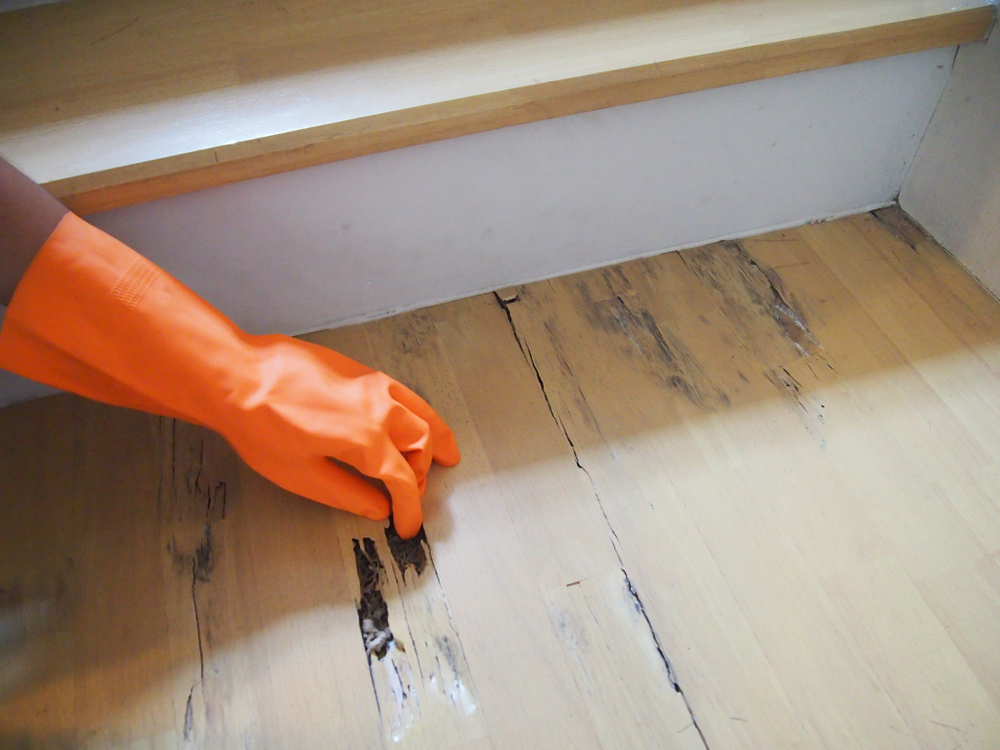Spotting the Signs: Early Detection of Termites in Your California Home

California’s warm, dry climate may be ideal for beach trips and backyard barbecues, but it’s also a haven for one of the most destructive pests a homeowner can face: termites. Of particular concern are drywood termites, which are especially prevalent in coastal and southern regions of the state. These pests can silently and steadily destroy the structural integrity of a home, often without the homeowner realizing it until significant damage has already occurred. Early detection is crucial in mitigating the long-term costs and dangers of a termite infestation. This guide explores how to identify the early signs of termites, with a special focus on how to identify drywood termite droppings in California, a key indicator of their presence.
Understanding the Drywood Termite Threat in California
Unlike their subterranean cousins, drywood termites don’t need soil contact to thrive. They can establish colonies within wood, making attics, furniture, and even door frames perfect nesting spots. This behavior allows them to enter homes undetected and remain hidden for years.
Drywood termites are particularly insidious because they eat across the grain of wood and live entirely within it, often going unnoticed until the wood starts to crumble or sounds hollow. A single infestation can involve thousands of termites silently chewing through the support beams of your house. The stakes are high: untreated termite damage can cost homeowners tens of thousands of dollars in repairs.
These termites are widespread in California due to the state’s mild winters and dry summers—perfect breeding conditions for drywood termites. Urban and suburban homes, whether newly built or decades old, are all potential targets. Knowing what to look for and acting fast can save your home and your wallet.
Recognizing the Early Warning Signs of Termite Infestation
Spotting termite activity early means knowing what signs to look for before visible damage appears. The first and often most telling sign of a drywood termite infestation is frass, or termite droppings. Unlike subterranean termites that push mud through their tunnels, drywood termites eject their waste from small kick-out holes in the wood. This waste collects below the infested areas and resembles tiny, oval-shaped pellets.
So, how to identify drywood termite droppings in California? These droppings are dry, hard, and granular. Typically, they’re about 1 millimeter long and often found in small piles that resemble coarse sand or ground pepper. The color may vary depending on the type of wood being consumed, but they’re usually tan to dark brown. If you find a pile of what looks like spilled coffee grounds beneath wooden furniture, windowsills, or baseboards, you may have just discovered a drywood termite infestation.
Other early signs include discarded wings near window sills and door frames—these are left behind after swarmers (reproductive termites) find a new nesting site. You might also notice hollow-sounding wood or blistering in wood surfaces, especially along floors or walls. These seemingly minor issues are often the first signs that termites have made themselves at home.
The Lifecycle of a Termite Infestation: Why Early Detection Matters
Understanding how termite colonies develop can give you a better idea of why early detection is so important. A typical drywood termite colony begins when a pair of alates (winged termites) find a suitable wooden crevice in your home to start a new nest. Once the queen begins laying eggs, the colony expands over several months or years.
At first, the damage they cause is subtle—small tunnels inside wood that weaken it from the inside out. Over time, as the colony grows and consumes more wood, the structural damage becomes more severe. What begins as a few termites can balloon into a colony of thousands, with multiple satellite colonies forming across different areas of your home.
By the time structural signs become obvious—such as sagging ceilings, warped door frames, or weakened flooring—the damage is already advanced. Repairs at this stage can involve major renovations, including replacing beams or entire sections of walls or floors. That’s why knowing how to identify drywood termite droppings in California homes is not just useful; it can be the difference between a simple pest control treatment and a six-figure remodeling job.
Prevention Strategies and Inspection Tips for Homeowners
Even if you haven’t seen any signs of termites, that doesn’t mean your home is in the clear. Proactive inspections and prevention are essential in California, where termite activity is a year-round concern. The best way to prevent an infestation is by making your home less inviting to termites and scheduling regular inspections.
Start by reducing access points: seal cracks around windows, doors, and utility pipes. Keep wooden parts of your home well-maintained and painted, as termites prefer untreated wood. If you store firewood, make sure it’s kept at least 20 feet from your house and off the ground. Moisture control is also key—ensure your gutters are clean and your crawl spaces are dry and well-ventilated.
When inspecting for signs of drywood termites, pay close attention to areas like attic rafters, eaves, and exposed wooden beams. Use a flashlight and a small screwdriver to gently probe the wood. Listen for hollow sounds or feel for soft spots. Most importantly, keep an eye out for those telltale droppings. Knowing how to identify drywood termite droppings in California specifically helps you differentiate them from debris like sawdust, which tends to be flaky and inconsistent in size.
If you suspect an infestation but are unsure, call a licensed termite inspector. Professionals use tools like moisture meters and infrared cameras to detect activity behind walls, giving you a much more accurate picture of your home’s condition.
Treatment Options and the Road to Recovery
If you’ve confirmed a drywood termite infestation in your California home, don’t panic—but act swiftly. There are several treatment options available depending on the extent of the infestation.
Localized or spot treatments can be effective if the infestation is confined to a small area. These treatments involve applying termiticides or using microwave and heat technology directly on the affected wood. For more extensive infestations, whole-structure fumigation may be necessary. This process involves sealing your home in a tent and releasing a gas that penetrates all wood surfaces, effectively eradicating the colony.
It’s also important to repair the damaged wood to restore your home’s structural integrity and to remove any attractants that might lead to reinfestation. In many cases, pest control professionals will recommend an ongoing monitoring system to catch any signs of a returning colony.
Finally, document everything—inspection reports, treatment receipts, and warranty information. Not only will this help if termites return, but it’s also valuable if you decide to sell your home in the future. Buyers in California are increasingly wary of termite damage, and having a clear paper trail of prevention and treatment is a powerful assurance.
Conclusion
By learning how to identify drywood termite droppings in California and staying vigilant about early warning signs, you can protect your home from extensive and expensive damage. Regular inspections, proactive prevention, and a prompt response to the slightest signs of trouble are your best defenses against these silent destroyers. Remember, when it comes to termites, the earlier you act, the more you save.
Need Pest Control Near You?
If you’re dealing with unwanted pests in your home, business, or industrial facility, don’t wait—reach out to us at Access Better Pest Management. Our expert team in Corona, CA is ready to deliver tailored solutions that go beyond just eliminating infestations—we ensure long-term protection and peace of mind. From thorough termite and rodent inspections to customized treatment plans and damage repairs, we’ve got you covered. Let us put our experience and dedication to work for you—contact us today and take the first step toward a safer, pest-free environment.
